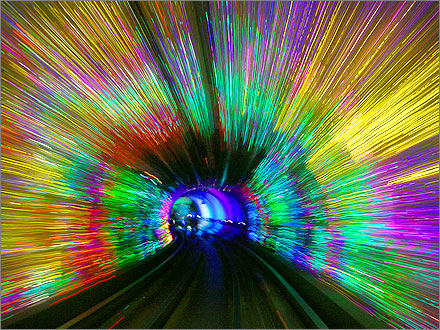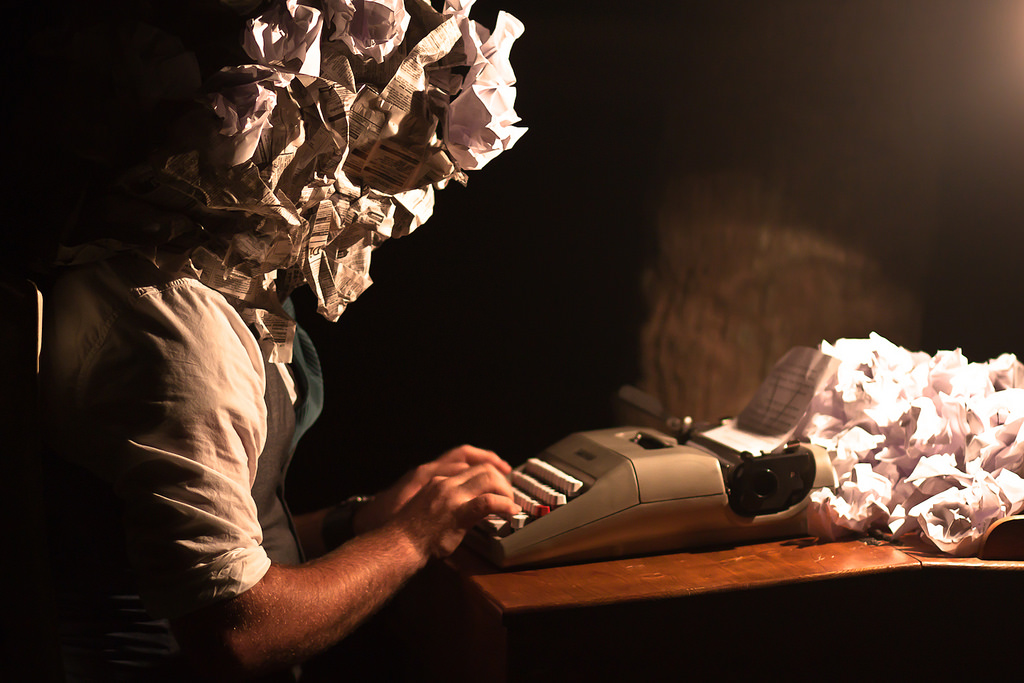You have no items in your cart. Want to get some nice things?
Go shopping
One of the pleasures of writing fiction is the freedom you have to play around with time in the stories you tell. Unlike real life, fiction lets you leap into the future and dive into the past with remarkable ease. Flash-forwards and flashbacks are at your fingertips. You are free to move back and forth in time, pole-vaulting from past to future and back to the present in the blink of an eye. Stories are time travel. Storytellers, time travellers. The scope of the journey is limitless. The possibilities infinite.
One of the many options at a writer’s disposal is to use multiple timelines to tell a story. I have always been fascinated by novels with multiple timelines. I love reading them. I am writing one which has two stories set in different timelines – one in 1950s Tibet, the other in contemporary India. The two intertwine at a crucial point in the narrative. Handling multiple timelines is not an easy task to take on. But it has its own rewards. One of the attractions of writing a novel with multiple timelines is that the stories set in different timeframes give the theme – the central chord that binds the stories together – a deeper resonance. The echoes from the past and future add color and character to the present. They provide a larger perspective and draw the reader right into the heart of the narrative.
David Mitchell’s critically acclaimed novel, Cloud Atlas, contains six stories set in different time frames. In a review, critic and writer AS Byatt called the novel a “rollercoaster” in which each story has an individual ending, as well as a cumulative ending to all, “giving a complete narrative pleasure that is rare.” Mitchell juggles timelines like a magician. His canvas is wide – the stories are set in 19th century America, Britain in the 1930s, California in the 1970s, London in the 1980s, and an apocalyptic future. Mitchell strings the disparate narratives together effortlessly and the reader is the richer for it. The novel gifts us with startling insights about the past and the future, inspiring us to explore the intricate connections between the two with fresh eyes.
Kate Atkinson plays around with time in her novel Life after Life to raise fundamental questions about the human condition. The heroine lives “many lives” in twentieth century England, each with different twists and turns and outcomes. A baby is born during a snow storm in 1910 and dies before she takes her first breath. A baby born is during a snow storm in 1910 and she survives. Time repeats itself in Life after Life, giving the heroine second, third, an infinite number of chances to live her life. The question Atkinson asks is: given more than one chance, would she (and every one of us) want to set things right in the world and save it from its preordained fate? Would we take the trouble to rewrite destiny? Would we care?
Pulitzer winner Jennifer Egan experiments with time with interesting results in her 2010 novel, A Visit from the Goon Squad. The interlinked stories in the novel revolve around an ageing rock musician and his assistant. The stories take daring leaps between the late 60s, the present, and the future. Swinging back and forth in time, A Visit from the Goon Squad takes readers on a journey of self discovery, raising questions about choices (or their lack), ageing, and mortality.
Multiple timelines have much to offer to both writers and readers. But a few words of caution for writers are in order. Handling dual timelines requires focus, patience, and a lot of perseverance. It is critical to make both (or more) timelines in your novel equally interesting for the reader’s sake. It is also essential to maintain a balance between the stories set in different time frames to make sure none of them take up too much space in the overall narrative scheme.
When switching between timelines, be careful about making the transitions clear. Blurry or abrupt transitions will confuse readers. It is hard for readers to keep turning the pages if they are unsure about which story the writer is leading them into. Novels with multiple timelines make extra demands on the reader’s attention span. Don’t tax it with unclear transitions and leaps and bounds that come out of nowhere. When you (and your characters) move back and forth in time, the reader has to be with you every step of the way. Keep it clear, keep it interesting, and the reader will stick with you till the end.

About Vineetha Mokkil
Vineetha Mokkil is the author of the short story collection, "A Happy Place and Other Stories" (HarperCollins). She received an honorary mention in the Anton Chekhov Prize for Short Fiction 2020 and was shortlisted for the Bath Flash Award in 2018. Her fiction has appeared in Gravel, the Santa Fe Writers' Project Journal, Cosmonauts Avenue, Quarterly Literary Review Singapore, and "The Best Asian Short Stories 2018" (Kitaab, Singapore).



